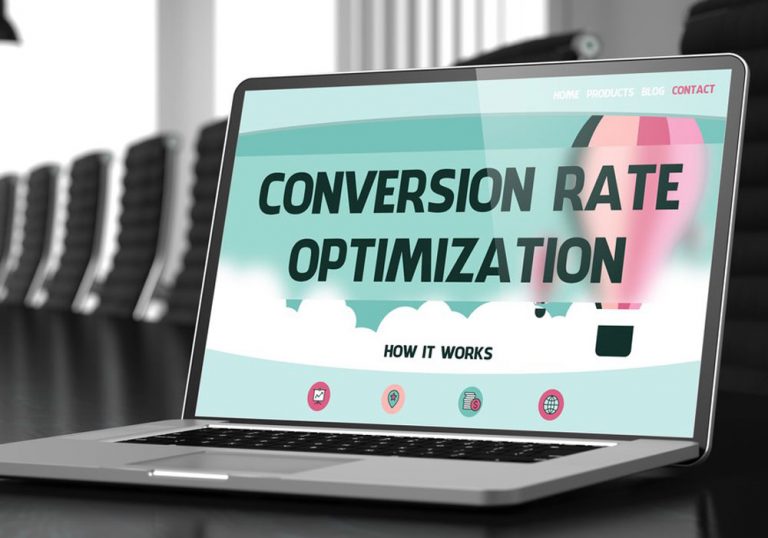Websites portray the entirety of what you and your company represents. Without ever meeting the CEO,
customers tend to draw conclusions about the company from the layout and information on the website. If this is the case, then, the website carrying your online presence to the world must communicate the company’s vision and echo its core values in a unique way.
As the world evolves, the ‘internet of things’ is taking over; your Website Design can no longer be mediocre. It cannot be designed in a way that doesn’t communicate with the end user, especially now Digital Marketing is the primary method of engaging prospective customers. We must pay all necessary attention to ensuring our Web Design resonates with visitors and stands out from the crowd.
First Impressions
They say that first impressions are lasting. You need to keep this in mind while you search for your domain name. Brendan Wilde, a digital marketing analyst has created a checklist to help you think about the impressions a visitor builds about your company from your website. By asking yourself these question you can build a friendlier more welcoming website:
- What does the visitor see when he visits your site?
- What about those with a low screen resolution on their browsing devices, what strikes them?
- Is your first page inviting enough to engage them to make a further click?
- Or is it slouchy and boring, full of words without much images and videos or too much videos and less words? What is your accent color?
- Does it invite your target audience and speaks your brand and vision?
Your first page must engage your audience, it should catch their attention and make them keep scrolling. It must possess a user friendly, and well layout interface to ensure they glide from page to page with little to no effort.
Design and Content
Your website’s content is a crucial to hooking your audience. Designers should with the sites content to ensure that tools of engagement such as webinars, images, and podcasts are utilized to maximum effect. All these must meet your business needs so that your design echoes your content creating a universal brand message. The primary purpose for having an online presence is to communicate your image and values to a wider audience. Contents should be concise, clear and easy to comprehend.
The Critical Journey to Your Personal BrandThe Web Designer’s Mindset
You must reiterate to your Web Designer that your website should be designed as though the business is digital not physical. It should represent the business itself, and not merely be an extension of the business. The website is there to ‘tell your story’ says Chris Comar of Spectra media. It is a tool used to engage, and build rapport with the customer. The brand must be the pivot upon which the Web Design layout stands to get the customer to identify with your business.
Website Update and Maintenance culture
After the initial design your website will need to be maintained and updated to keep it in line with the changing trends and technology. These update will also allow it to retain its fresh and unique outlook. Even the tiniest updates, and changes can help to engage your audience such as changing the numbers and address of your business when it is restructured, updates about what is happening at your company currently.
4 Easy Tips to Record Better Quality Screen Recording VideosIs your website designed with conversion in mind?
The main purpose of having a website is to promote your products and services whilst having an online presence to engage customers. A website should be designed with retaining and converting clients in mind. The website design structure and layout can affect your conversion rate, Search Engine Optimization and brand visibility to a very large extent. Your brand is your identity online, it is what people see and know about your company. A website must be designed for conversion purposes. Here are a few things to consider when designing your website:
Mobile Responsiveness
Mobile responsiveness is a major aspect web designers fail to take into consideration when designing websites. With the increasing availability of smartphones and tablets more people are surfing from their mobile device and not their computers. Facebook understood this trend and is now creating an application to read minds. It is no longer news that many smartphones are being pushed into the market on a daily basis and people prefer to get information on the go. A website needs to be designed to be responsive to the mobile platforms.
Designing websites with only one page is detrimental to search engines and limits the amount of traffic a business will receive because all keywords are parked under only one URL. This gives it a parallax design which confuses the search engine’s algorithms.
HTML5 Vs XHTML 1.0: Who is Winning the Race?Unique web design is important in engendering trust in a brand. Having a unique style slick style will make users take notice of your brand and make you stand out from your competitors. Even if they don’t make a purchase at that time, when they do want to buy something you have given them something visual and tantalising to recall.
As a final point, it is the job of web designers to design, but it is your job to vet it countless times until it speaks ‘you, your brand and the long term vision you have for your businesses. After all, what is worth doing at all, is what doing well.
Server Deployment in IoT Projects: Challenges and Best Practices







